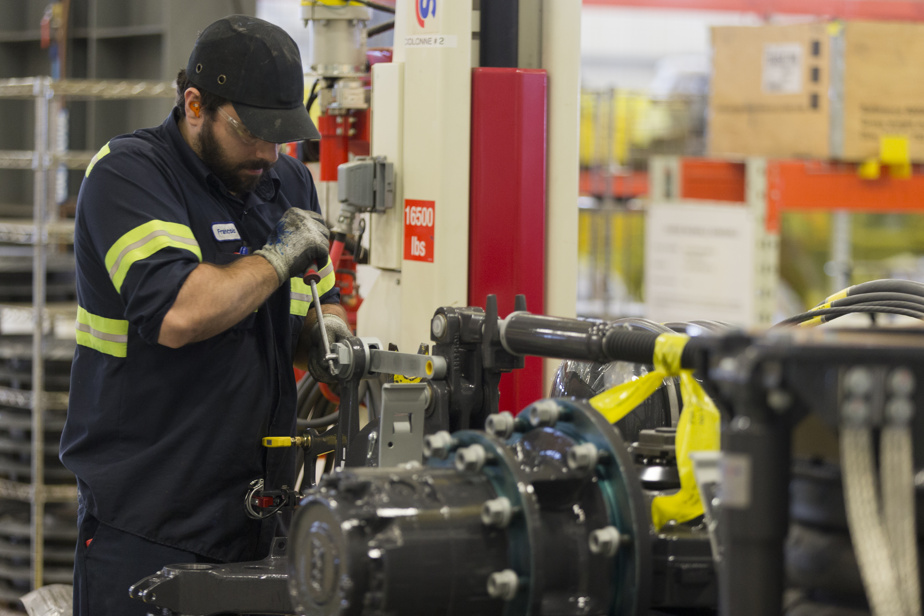The COVID-19 crisis was a shock that has revived the campaign to reproduce the goods back home. Faced with the complexity of the task, however, intentions to reduce our dependence on factories on the other side of the world may remain … intentions.
“We should certainly not expect a massive return to production lines here,” concludes Joëlle Noreau, Desjardins’ chief economist, who has studied the issue.
Intentions to bring a portion of subcontracted production back overseas with the pandemic, but it was before, she recalls in an interview with Journalism.
She emphasized that over the course of nearly 10 years, obstacles to international trade have doubled, giving an example of Brexit and trade tensions between China and the United States. In fact, binding measures for global trade have increased significantly since 2017. Despite this more difficult context, imports have continued to grow, the economist notes.
The shortage of masks and personal protective equipment during the crisis revitalized this desire to regain self-sufficiency. The economist recalls that “everywhere in the world, it appears that we will never again depend on external supplies to meet basic needs.”
Was the shock enough to trigger the repatriation movement? In the analysis, Desjardins says it is easier said than done.
Incorporation intentions
Many good intentions do not stand the test of time. An international study by the consulting firm EY indicates that 83% of managers of multinational companies intend to bring them home in April 2020. Six months later, that percentage has decreased to 37%. A survey by another international company, Euler Hermes, of 1,181 companies in five countries revealed that only 15% of them are now considering bringing them back home.
Before deciding whether to bring it home or not, companies must restore the account that led them to move their production, says the Desjardins economist. Are transportation, logistics, tax and tariff costs too high? Can consumers absorb an increase in the costs of domestically produced goods? Will the returned production only be sold locally? If not, will it be able to face fierce competition in international markets?
Manpower issue
The main constraint limiting the repatriation of production is the availability of labor, especially in Canada and Quebec. Hiring is already a challenge in the factories, Joel Noro notes, and young people are shunning technical jobs. Over time, the globalization of production has done its job as well: it has lost manufacturing expertise and the ability to innovate in favor of the countries that have made them their economic base. Can we get them back?
Massive automation of manufacturing activities can be a solution to labor scarcity, but it requires massive investments out of the reach of countries like Canada.
Strengthening of existing factories
Between the status quo and a comprehensive repatriation, reality may impose hybrid solutions, says Joel Noro. In Canada, and especially in Ontario and Quebec, the manufacturing sector is well diversified. First, it says, it can be strengthened by increasing the number of local suppliers and building shorter supply chains. She said that with the epidemic, “we have discovered capabilities that we did not suspect,” adding the example of factories that have started manufacturing masks and disinfectant gels. Flexibility “is one of the keys to enhancing our production capabilities and developing new skills.”




